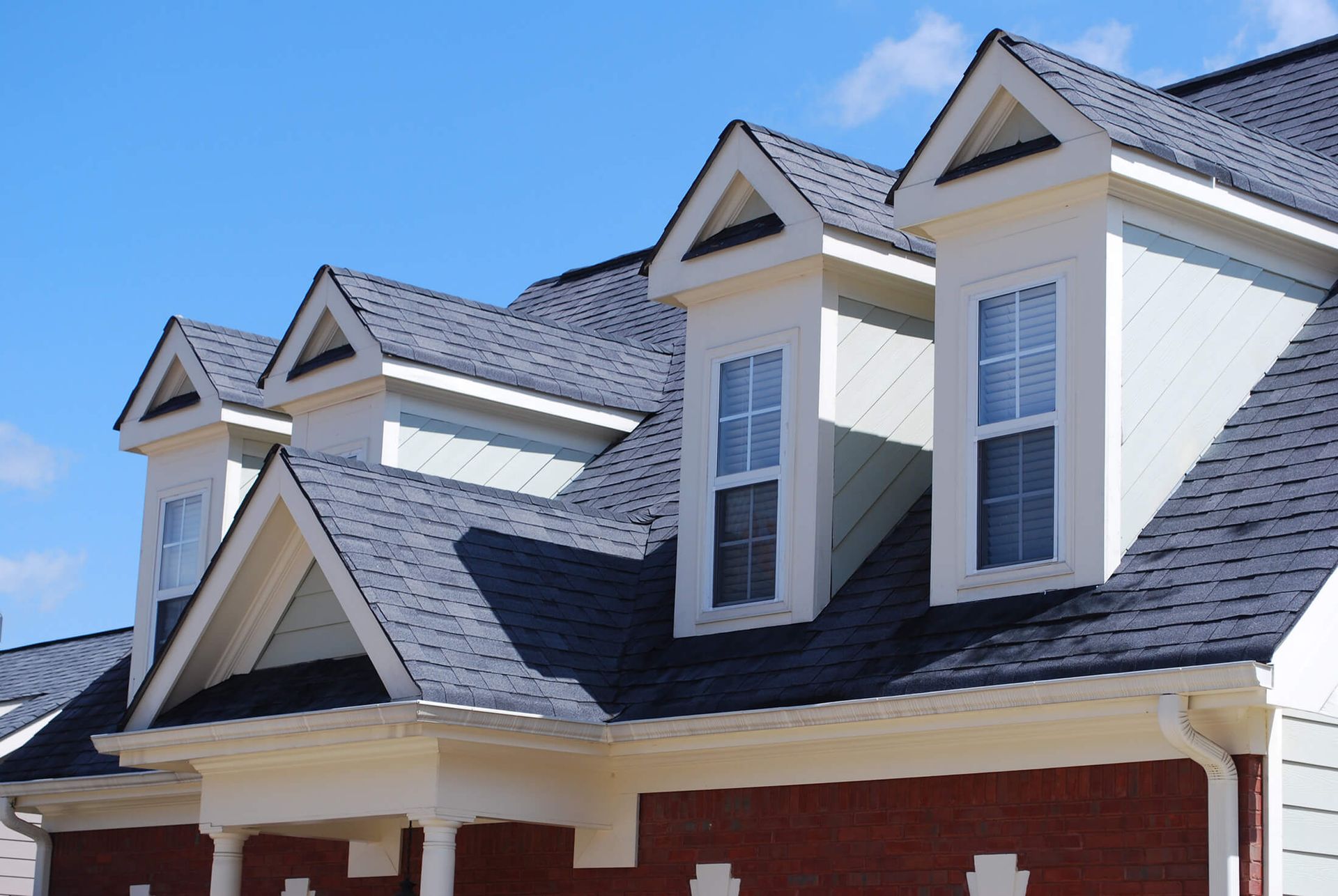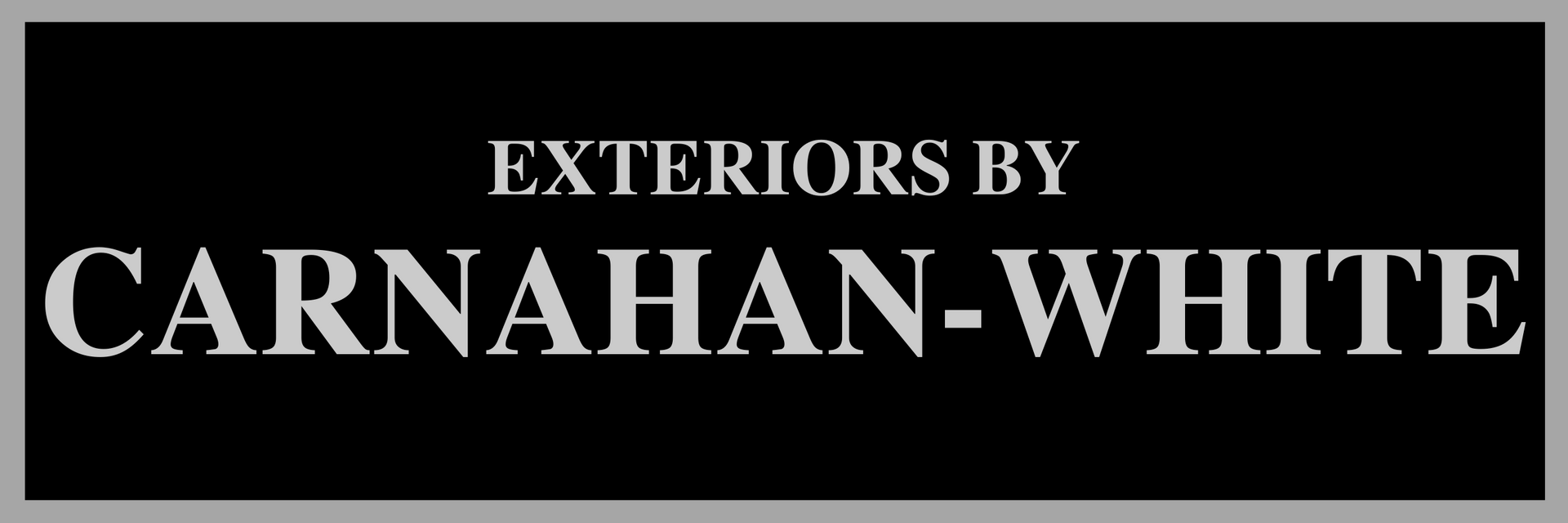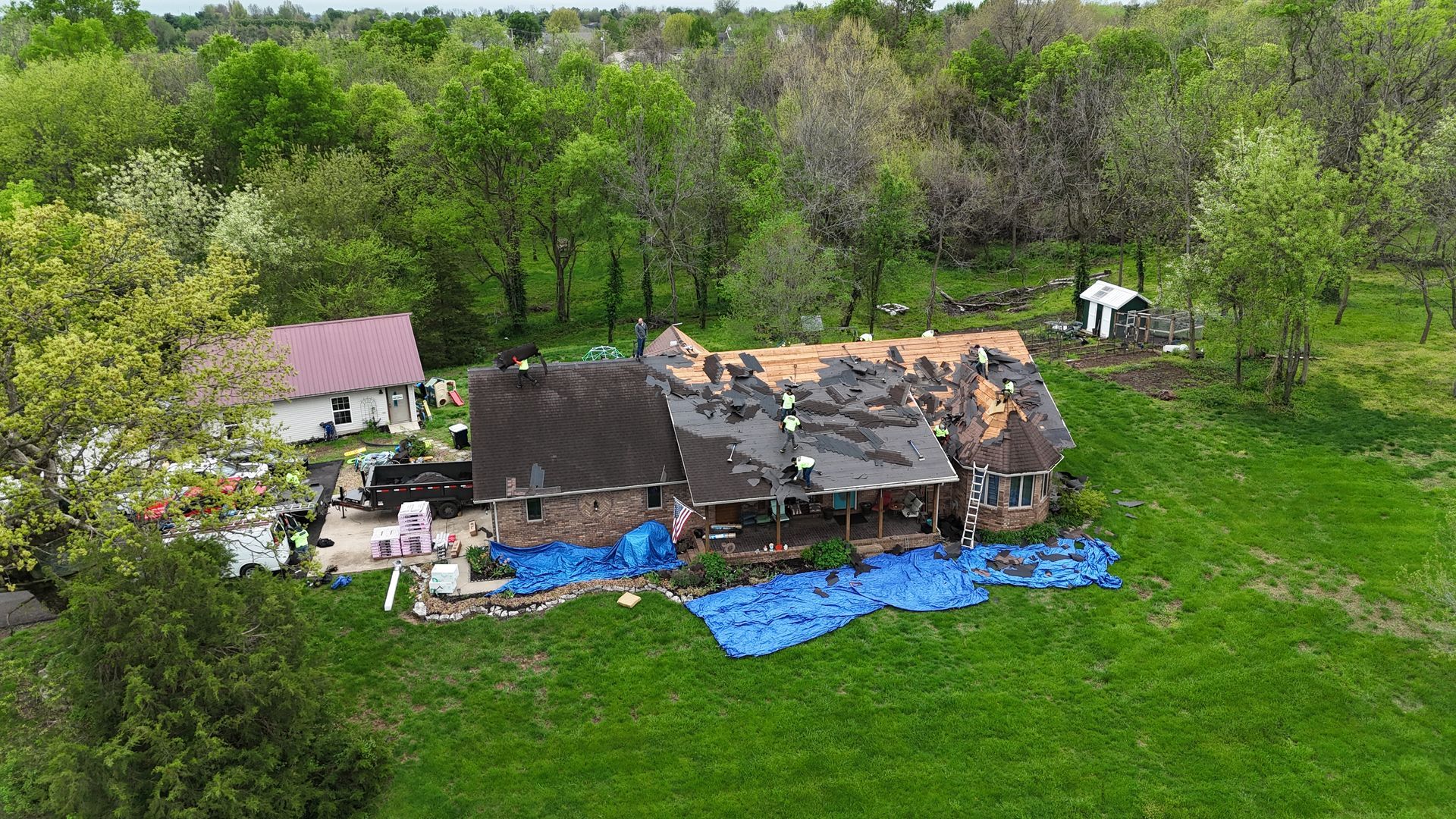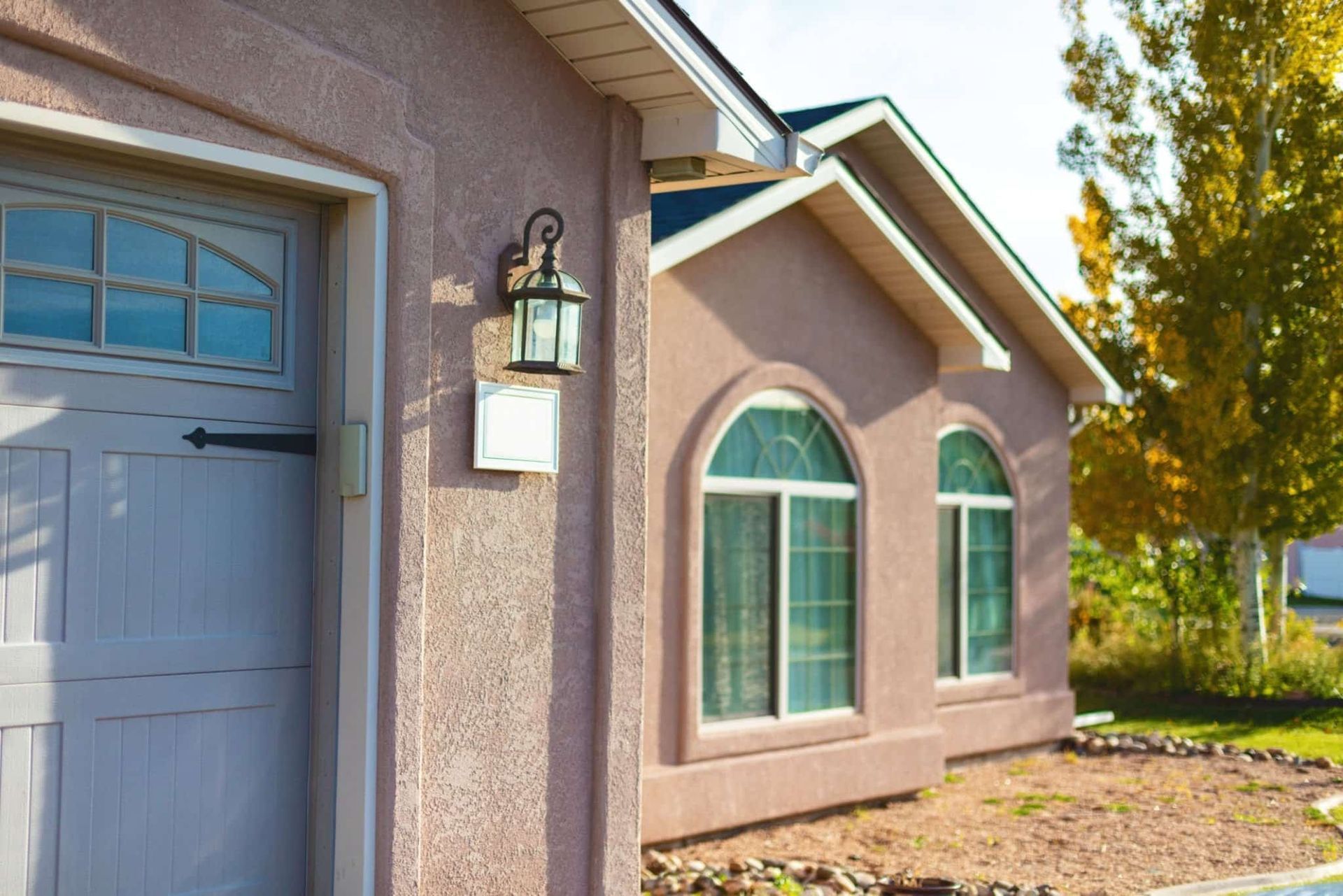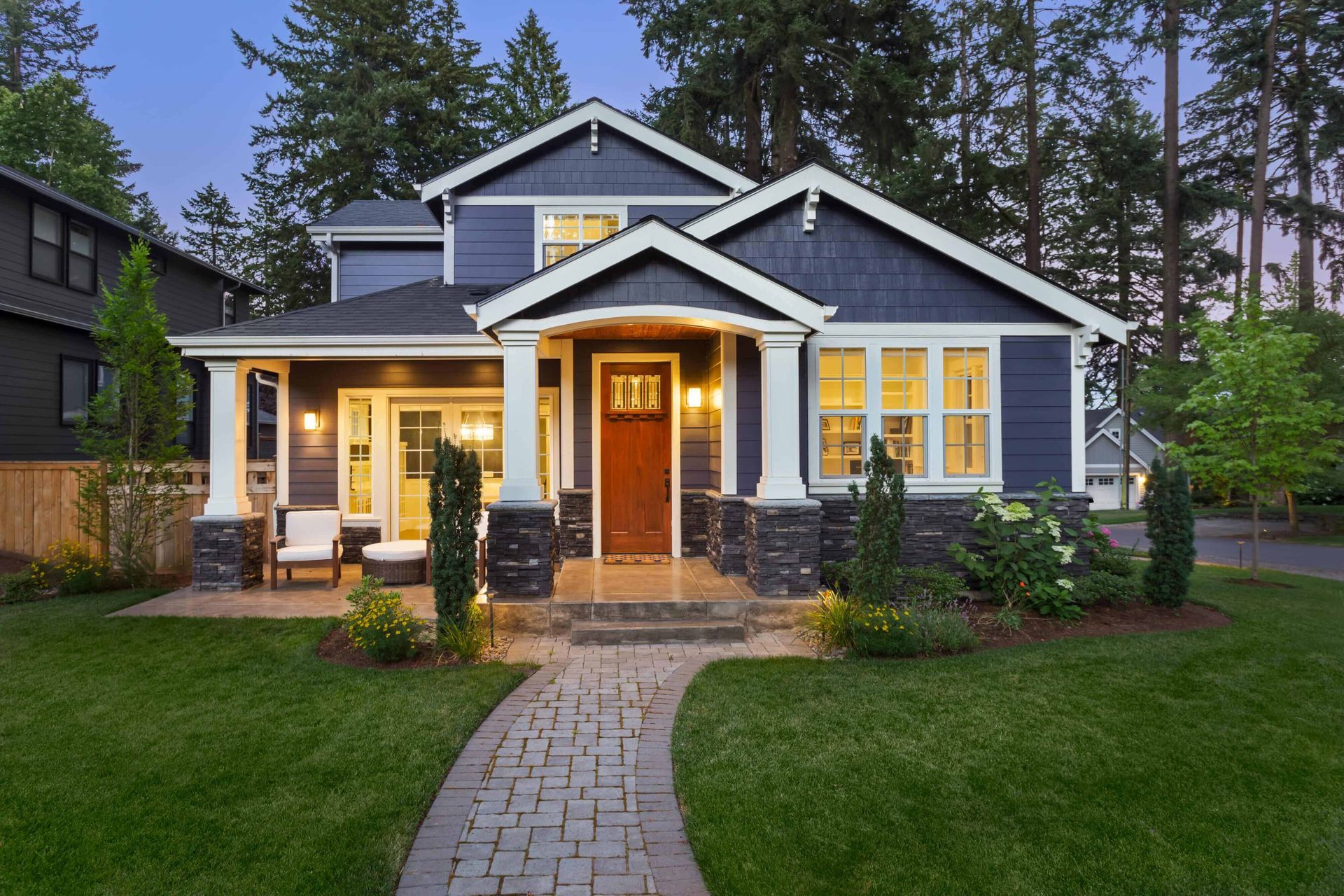Siding Cost Breakdown: The Facts about Different Materials
Siding Cost Breakdown: The Facts About Different Materials
When it comes to home improvement, siding is one of the most significant investments you can make. It not only protects your home from the elements but also enhances its curb appeal. However, with a variety of siding materials available, it can be challenging to determine which option provides the best value for your budget. To help you make an informed decision, here’s a breakdown of the cost factors associated with different types of siding materials.
1. Vinyl Siding
Cost Range: $2 to $7 per square foot (material and installation)
Overview: Vinyl siding is one of the most popular and affordable siding options on the market. It comes in a variety of styles, colors, and textures, allowing homeowners to achieve different looks without a hefty price tag. Vinyl is relatively low-maintenance, as it doesn’t require painting, and it’s resistant to rot, insects, and weather damage.
Factors Affecting Cost:
- Thickness and quality of vinyl: Higher-grade vinyl may cost more but provides better insulation and durability.
- Style and design: Some styles, such as insulated vinyl or shakes and shingles, may cost more than traditional horizontal panels.
- Installation complexity: Vinyl siding is easy to install, which helps keep labor costs lower.
Pros: Affordable, low-maintenance, wide selection of styles. Cons: Can fade over time and may be less durable than other materials, especially in extreme weather conditions.
2. Fiber Cement Siding (James Hardie)
Cost Range: $5 to $13 per square foot (material and installation)
Overview: Fiber cement siding, particularly from brands like James Hardie, is known for its durability and aesthetic appeal. Made from a mixture of cement, sand, and cellulose fibers, fiber cement siding is resistant to rot, insects, and fire, and can last for decades with proper care. It is available in various styles, including lap boards, shingles, and vertical panels.
Factors Affecting Cost:
- Brand and quality: James Hardie is one of the top brands, offering high-quality fiber cement siding with excellent warranties.
- Finish and customization: Pre-painted options cost more than unpainted versions, and custom colors can add to the expense.
- Installation: Fiber cement is heavier and more difficult to install, requiring skilled labor and specialized tools.
Pros: Highly durable, fire-resistant, available in many styles. Cons: More expensive, requires painting and more complex installation.
3. Wood Siding
Cost Range: $4 to $10 per square foot (material and installation)
Overview: Wood siding, made from materials like cedar, pine, or redwood, offers a timeless, natural look that is highly sought after for its warmth and aesthetic appeal. It’s an eco-friendly choice, especially if you select sustainably harvested wood. However, wood siding requires regular maintenance to protect it from rot, insects, and weathering.
Factors Affecting Cost:
- Type of wood: Cedar and redwood are more expensive than pine or fir.
- Finish and treatment: Pressure-treated wood or pre-stained options can increase the price.
- Maintenance needs: Wood siding needs to be repainted and resealed regularly, which adds to long-term maintenance costs.
Pros: Attractive, customizable, eco-friendly. Cons: High maintenance, susceptible to rot, insects, and weathering.
4. Metal Siding (Aluminum and Steel)
Cost Range: $5 to $12 per square foot (material and installation)
Overview: Metal siding, including aluminum and steel, offers superior protection against the elements. It is fire-resistant, durable, and low-maintenance. Steel is particularly strong and resistant to dents, while aluminum is lightweight and corrosion-resistant. Metal siding is often used in modern or industrial-style homes and can be painted in a variety of colors.
Factors Affecting Cost:
- Material type: Steel is generally more expensive than aluminum, though both options are durable.
- Coating and finish: Powder-coated or painted metal options can add to the cost but help improve longevity and appearance.
- Installation: Metal siding is easier to install than fiber cement but requires specialized tools and techniques, which can increase labor costs.
Pros: Low maintenance, fire-resistant, durable. Cons: Prone to denting (especially aluminum), can be noisy, limited aesthetic variety.
5. Stucco Siding
Cost Range: $6 to $9 per square foot (material and installation)
Overview: Stucco is a popular choice for homes in warmer climates, especially in Mediterranean or Southwestern-style homes. It is made from a mixture of cement, sand, and lime and is applied directly to the home’s exterior. Stucco provides a seamless, textured finish that is highly durable and energy-efficient. However, it can crack under extreme weather conditions and requires regular maintenance.
Factors Affecting Cost:
- Finish and texture: More intricate textures and finishes will increase the cost of stucco siding.
- Installation: Stucco requires professional installation, which can be labor-intensive and may raise the overall price.
- Repairs and maintenance: Stucco can crack over time, especially in areas with significant temperature changes, and repairs can be costly.
Pros: Durable, energy-efficient, attractive, and customizable finish. Cons: Requires professional installation, can crack over time, needs regular maintenance.
6. Stone and Brick Siding
Cost Range: $9 to $20 per square foot (material and installation)
Overview: Stone and brick siding are premium siding options that offer unmatched durability and aesthetic appeal. While they are generally more expensive than other types of siding, they require very little maintenance and can last a lifetime. These materials provide excellent insulation and protection against fire, weathering, and pests.
Factors Affecting Cost:
- Type of stone or brick: Natural stone tends to be more expensive than manufactured stone or brick veneer.
- Installation: Stone and brick require skilled labor for installation, which can be costly and time-consuming.
- Finish: Special treatments, such as sealing, can add to the cost of maintenance.
Pros: Extremely durable, low maintenance, adds value to your home. Cons: Expensive, labor-intensive installation, heavy material requiring a solid foundation.
